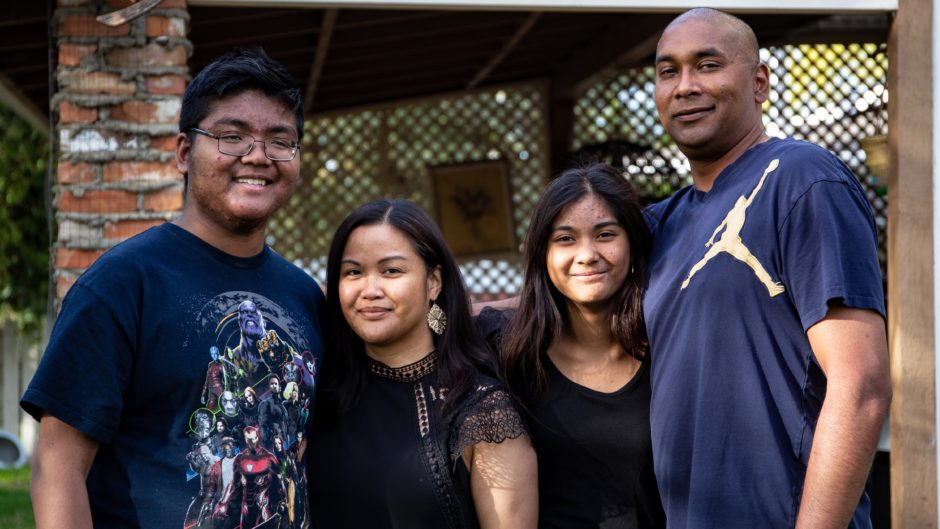“I hate pancit!”
The explosive declaration was made at the supper table by my frustrated 15-year-son, the eldest of my two children. He was trying to talk his way out of having to eat a bowl of my mother’s beloved Filipino stir-fried noodles.
In his opinion, the favourite dish of my childhood was “honestly, not that great.'' The words came at me furiously.
They stung as I imagined a tennis ball would if I caught one with my face (at full force, a two-handed backhand return from Serena Williams) — in other words, it hurt a lot.
I was seething and began to feel the backs of my ears grow hotter, but I took a deep breath and, as any reasonable mother would do, I attempted to explore this sudden culinary conundrum.
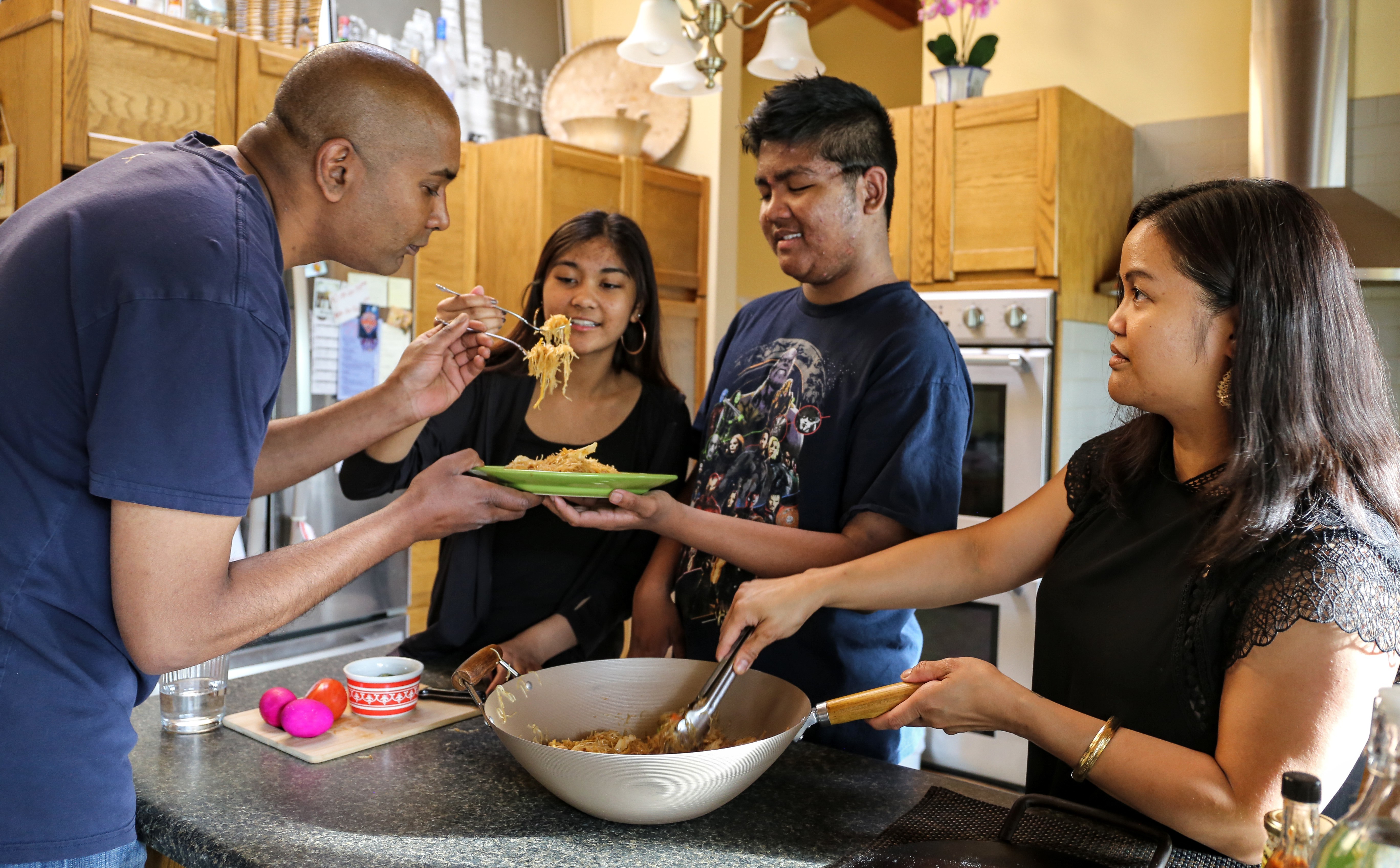
I lovingly reminded my son that when he was little, he loved to eat pancit. A fist full of noodles in one hand and a lumpia (spring roll) in the other.
“Mom, I liked a lot of things when I was younger. I know myself better now,” he said.
I was blindsided by another Serena backhand and the earnest comment managed to make me feel as though I had failed an entire generation, and my entire culture.
I sat there, deflated, as I watched my son finish his supper — a plate of compromise in the form of macaroni and cheese — and when I had a moment, I began to reflect on all of the feelings that came over me during the incident.
Was I disappointed? Confused? Mad? Yes, yes, yes. But was it really about the noodles? Would my husband, who is of Caribbean West Indies and South American descent, likewise react the same way if it was curry goat and roti (flat bread) that our son turned his back on?
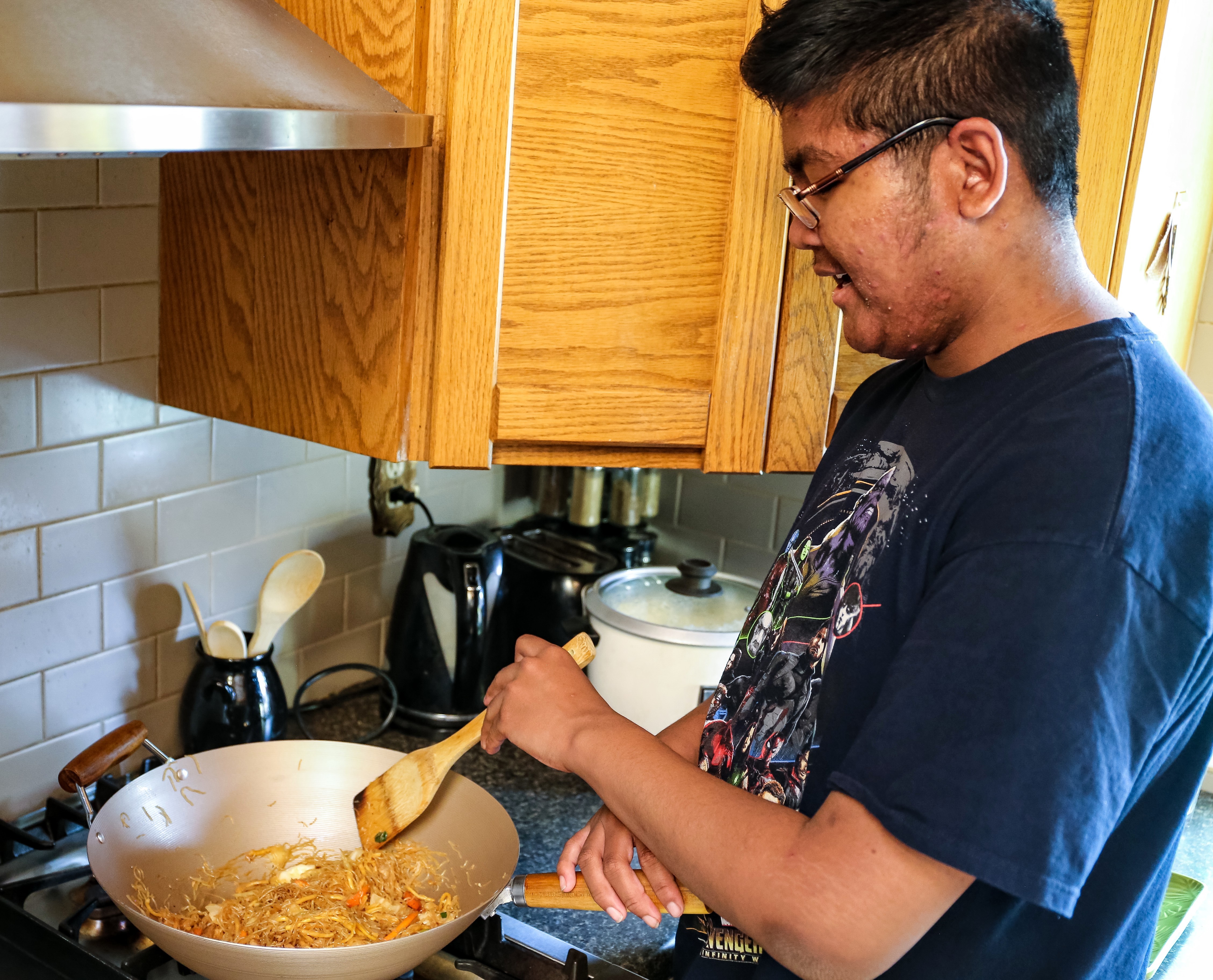
As parents who are first-generation Canadians, we are in a constant battle to keep our children connected to our roots. The battle over suppers is the least of it.
As if raising children wasn’t challenging enough, our family of mixed backgrounds comes with a bonus: the nagging fear of losing our kids to the identities they choose for themselves.
Growing up as a Filipino-Canadian gave me pride and a sense of comfort, of being rooted in two cultures that I love. I cannot be happier that some 44 years after my parents immigrated to this country, my children have a sense of belonging strong enough to identify simply as Canadians.
Along with this pride, however, I also feel as though a part of me and my husband is being displaced as the children live out their own hyphen-free lives.
So what do we do to keep “us” between those hyphens? It’s the little things, really.
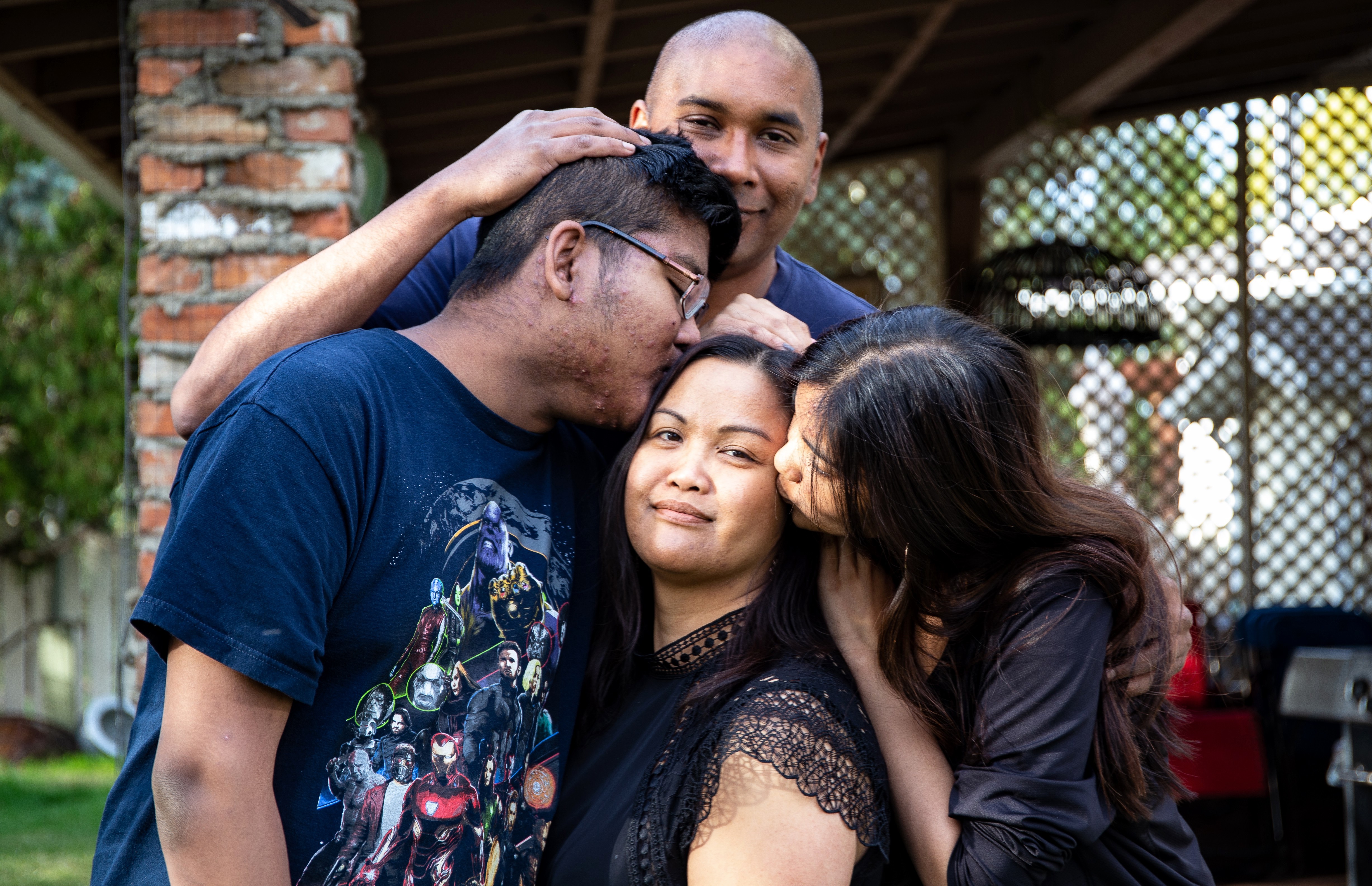
We incorporate the best of our cultures into our daily life. We involve the kids in our respective communities. We volunteer for the Filipino Fiesta and support Cariwest. We encourage them to wear traditional clothing for special occasions. We karaoke.
Lately, when speaking to the kids, I find myself saying things in English and then repeating them in Tagalog for their benefit.
Our daughter has taken soca dance lessons and has even downloaded a Filipino language app to help her along.
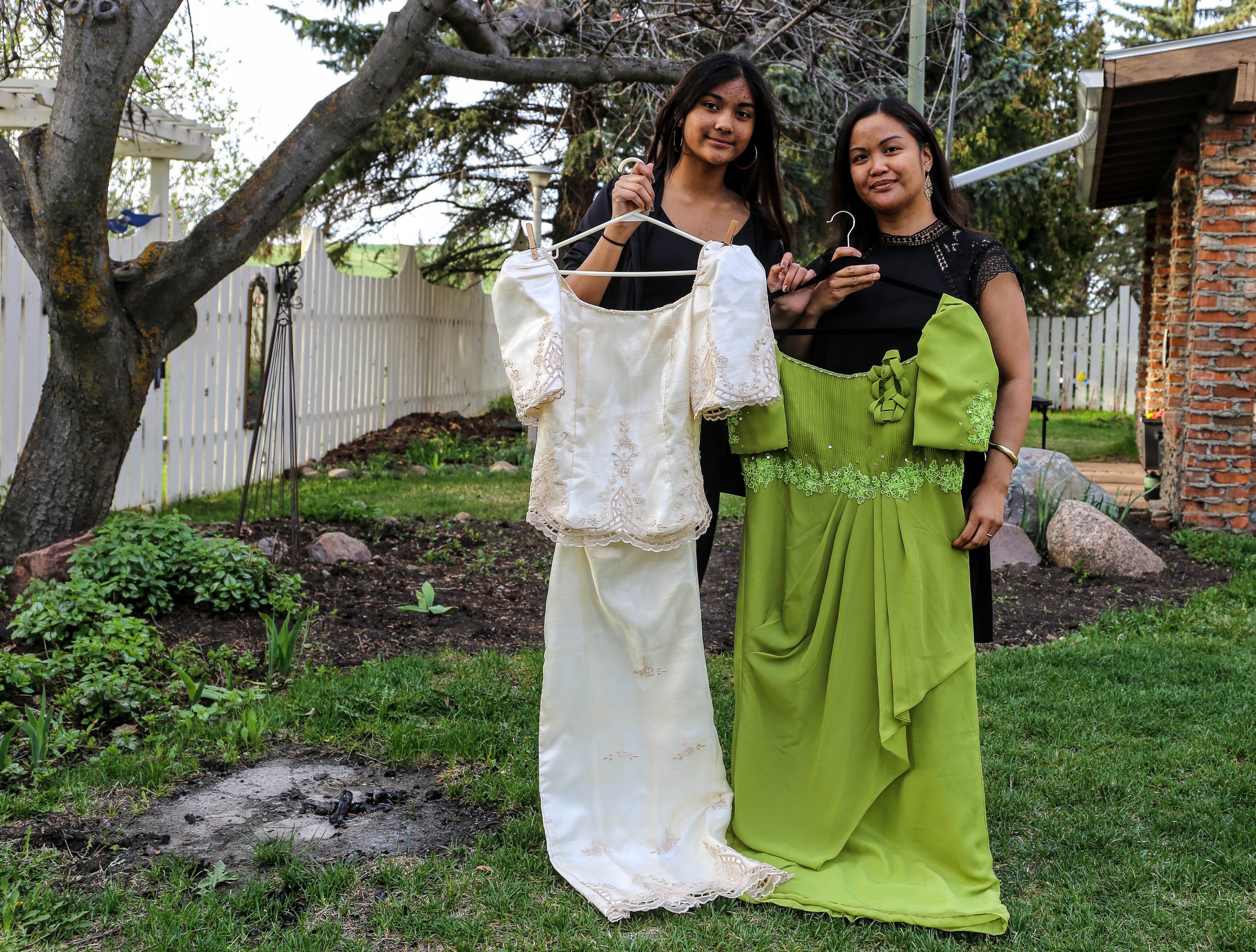
My husband has made it a priority to learn how to make roti using the traditional cast iron tawa. He’s made several attempts already, with the help of our kids and under the watchful eye of my mother-in-law (who of course doesn’t have any manner of recipe to follow).
For his part, my son is coming around to trying more Filipino dishes. Though he’s stuck to his guns about pancit, he has enjoyed my mother’s bistek (citrus and soy marinated beef strips).
And like many Filipinos in Edmonton, he’s very excited that the Philippine fast food restaurant Jolibee is opening up in the city. Their famous Chicken Joy fried chicken was his favourite during our visit there five years ago.
I envision that in the future my husband and I will ask the children to reserve their Sundays for family dinners.
When it’s time for them to head out for the evening, perhaps with their own kids in tow, I will send them on their way with a bag full of repurposed containers filled with their favourites — the Filipino and Caribbean dishes that they all learned to love.
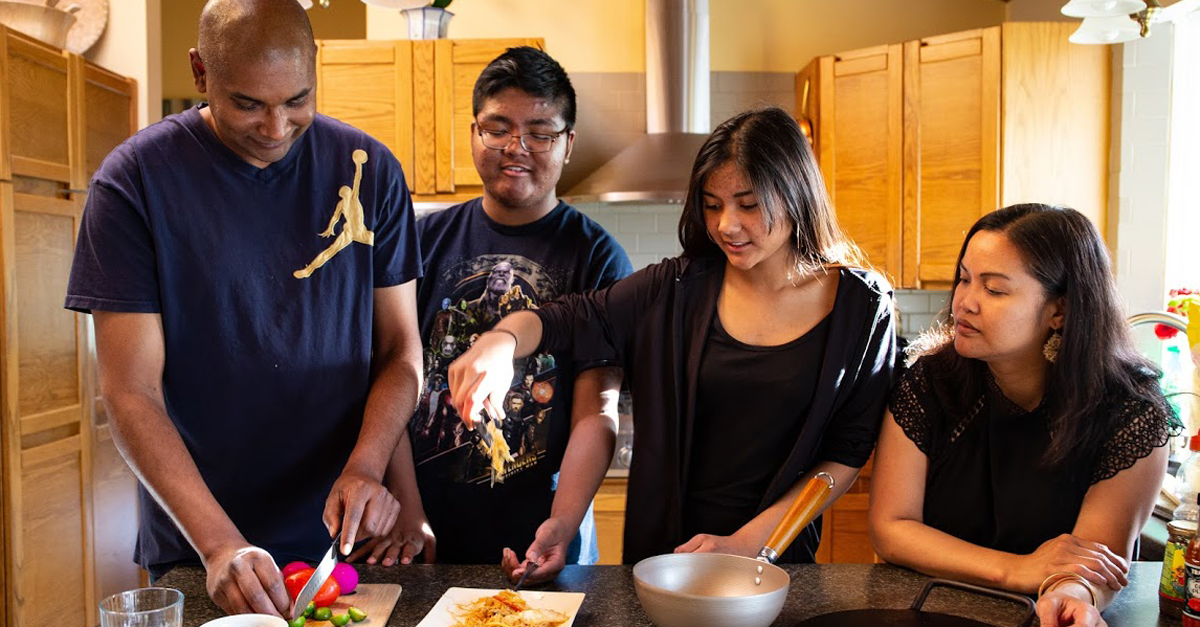
Ensuring that our children see and experience the best of all worlds is exhilarating and sometimes exhausting, but that burden is mine to bear and not theirs.
I am the one ultimately responsible for making sure that they understand the importance of their hyphenated multicultural upbringing. And I will be the one to blame if they shun it.
Until then, I’ll have to take a few steps back, making sure that my children are close enough to their cultural background to stay connected while distant enough to be appreciative.
